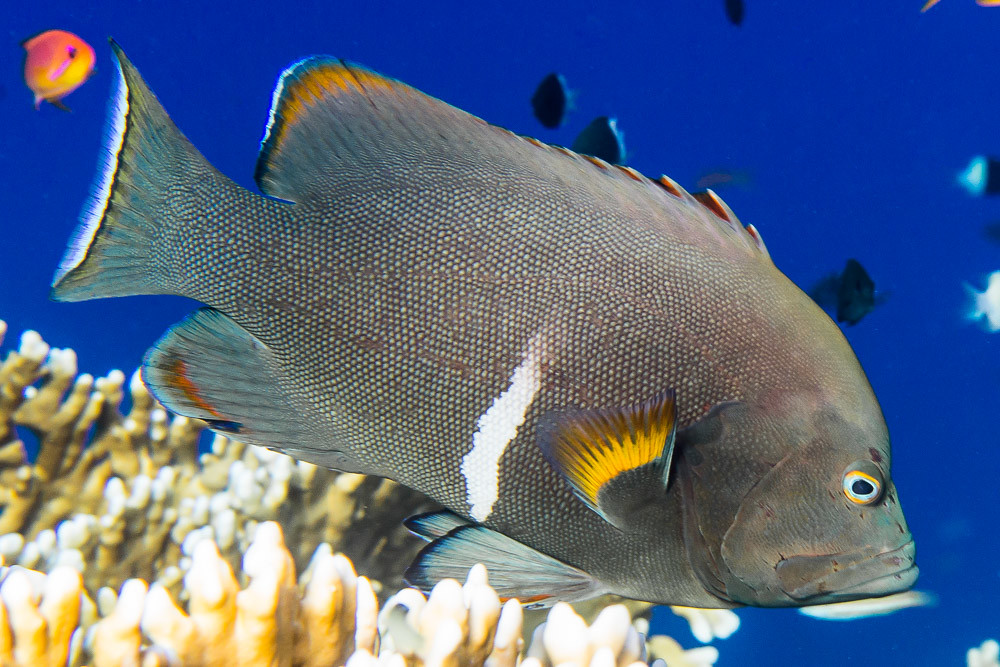By Sam Hudson
Prized bottomfish such as red snapper, gag grouper and other demersal species are experiencing overfishing. That’s according to state and federal fisheries managers in charge of overseeing fish populations. What that means for recreational anglers in the last decade is often shorter seasons, plus the likelihood of early seasonal closures. As you might imagine, the range of emotions many weekend-warriors experience falls anywhere from anger and frustration, to understanding, all the way to acceptance.
Anglers do not set snapper and grouper size limits and seasons — that’s completely out of our hands. What anglers can control is how they safely release a bottom fish that can’t be kept. Study after study shows that a percentage of bottom fish die after release — whether from gut hooking, barotrauma, or shark depredation.
One very powerful and effective way to release fish experiencing barotrauma is to use a descending device. In fact, have one rigged on a rod, ready to go, whenever bottom fishing. Barotrauma is a pressure-related injury fish experience when reeled up from depth. These dead discards negatively impact the health of fisheries.
Return ‘Em Right — a program dedicated to increasing survival of reef fish — published a Best Release Practices Manual, developed in collaboration with private anglers, captains, scientists and fisheries managers. The number one goal of the manual is to help anglers improve the survival of reef fish that are caught and released.
“Research shows using best release practices can dramatically increase the survival of reef fish. This manual is yet another tool anglers can add to their tacklebox,” said Dr. Marcus Drymon, Marine Fisheries Specialist, Mississippi State University, Mississippi-Alabama Sea Grant.
Learn more at sportfishingmag.com

